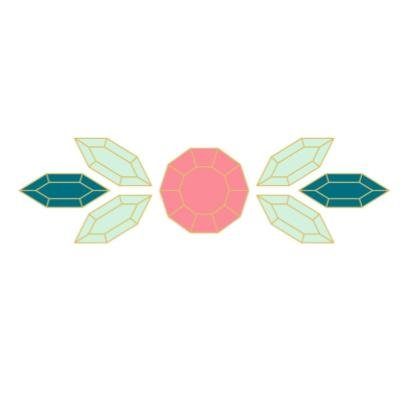You’ve heard the buzz on “Green Beauty” and are ready to begin switching to safer beauty products. Yay! But where to begin? It can certainly be overwhelming. Let’s start with the easiest and most obvious products and ingredients. When you are ready to move on to a deeper detox and become a clean beauty guru, check out this post on greenwashing and taking your label reading skills to the next level. Keep reading for how to do a beauty product detox to look and feel better.
You may be thinking , if these ingredients are so bad, how can they be in so many products? How could brands keep including ingredients that have the potential to be harmful to health? The simple answer is because they can. In many cases, these formulas have been around for years, products are established, supply chains are in place, and these ingredients often add to the performance of a product. Brands are banking on the fact that consumers who like a product may not scrutinize ingredients. Kind of a “not broken don’t fix it” mentality. Additionally, most consumers assume someone is approving and policing what ingredients brands use. That’s just not true.
But this is changing. The green sector of the beauty market is growing faster than any other. Consumers are becoming smarter about what they put on their bodies.
The first thing to do is familiarize yourself with ingredients. Once you are aware of what to avoid and why, you can start to toss products with them
Toss these Ingredients:
- Parabens– A preservative that is known to disrupt hormones. Can mimic estrogen and negatively affect health. Look for polyparaben, methylparaben or other -paraben suffixes. Found in soaps, lotions, shampoos, moisturizers, cosmetics, sunscreens.
- Sulfates– Added to many products as a foaming agent. Sulfates are known to irritate skin, listed often as SLS. Avoid especially if you have sensitive skin or skin concerns.
- PEG’s– (Polyethylene Glycol) found in creams and lotions, sunscreen and hair products. Used to improve consistency and performance. Often contaminated with 1,4 -dioxane which is toxic to humans.
- Oxybenzone– Avoid ingredients that end in “-enzone” like Avobenzone (skin irritant) and Oxybenzone. Oxybenzone,in some lab tests, has been shown to mimic estrogen. Another one of those hormone disrupting ingredients we are slathering on our skin.
- Retinol/Retinoids-. Retinol, sometimes listed as Vitamin A, retinyl palimate or retinoic acid, has been shown, in some studies, to accelerate the growth of skin tumors and lesions, cause organ/ reproductive toxicity, and increase sun sensitivity. Additionally, it is NOT safe for pregnant or nursing women. It has an EWG rating of 9 in many cases, the highest toxicity rating they assign to products and ingredients. More info here on alternatives.
- Formaldehyde– a known carcinogen. Used as a preservative in many products. Often listed as quaternium-15, DMDM hydantoin, imidazolidinyl urea, diazolidinyl urea, sodium hydroxymethylglycinate, 2-bromo-2-nitropropane-1,3 diol (Bronopol). Often in nail polish, shampoo, hair products, lotions, body wash.
- Fragrance– my number one ingredient to avoid. Artificial (and some natural) fragrance is a secret cocktail of up to 3000 different ingredients that are often a very toxic mixture. Under Trade Secret laws, brands do not have to disclose what is in their fragrance blends. Often includes harsh hormone disruptors, allergens, nervous system disruptors, cancer causing agents. Many ingredients are derivatives of petroleum and are on the EPA’s list of hazardous ingredients. It’s in most products- lotions, bodywash, perfume, soaps, shampoo, conditioner, serums.

A few other tips:
- Just because you can’t pronounce the ingredient doesn’t mean it is bad. Often the scientific name is listed on the label, look up unknown ingredients.
- Natural does not equal safe. There are a lot of natural ingredients that you do not want on your skin (hello poison ivy?). And if you have any type of allergies you need to be extra careful with ingredients.
- Look at the shelf life of a product. Wanting to avoid harsh preservatives, anything that lasts longer than 18 months should be looked at more closely.
- Focus on balance and moving in the right direction. Small changes add up. Toxins are cumulative so any switch to a low-tox product is a positive move.
It can seem overwhelming, but its easy once you become familiar with these few ingredients and how to recognize them on labels. I often suggest when you finish up a product, look to replace it with a better option. As you go through and replace empty products with safer options, you can make big changes in just a few moths. Of course some people want to make sweeping changes all at once. In that case I’d suggest finding a brand you really trust and replacing everything (like Beautycounter, my go to for cosmetics and skincare) or enlisting the help of an expert to walk you through the process. Send me an email if you’d like some guidance.





Follow Along!